A World of Whimsy: Unveiling the Secrets of the Red Panda
Often called the “lesser panda,” the red panda is a captivating mammal that straddles the line between bear, raccoon, and even giant panda. These arboreal masters, with their striking reddish fur and endearing personalities, are more than just a pretty face. They play a crucial role in the health of the Eastern Himalayan forests they call home. This guide delves into the life history, behavior, and conservation status of this remarkable creature.
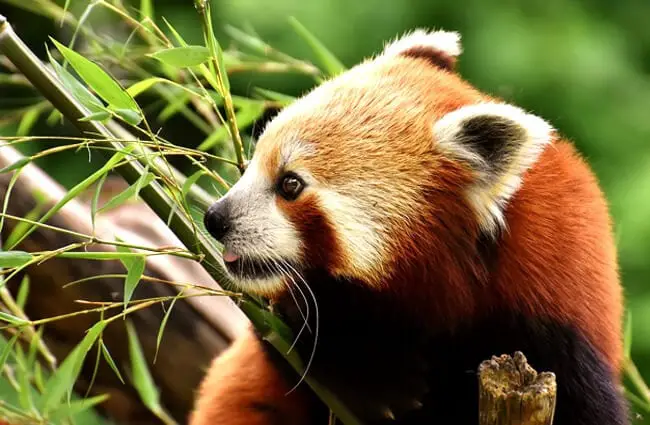
Habitat and Distribution: A Himalayan Haven
Where Red Pandas Roam
Red pandas are native to the Eastern Himalayas and southwestern China. Their range encompasses parts of Nepal, India, Bhutan, Myanmar, and the Chinese provinces of Sichuan and Yunnan. They inhabit temperate forests with dense bamboo understories, generally at elevations between 2,200 and 4,800 meters. The cool, moist climate and abundance of bamboo are essential for their survival.
The Importance of Bamboo Forests
These forests aren’t just a backdrop; they are the red panda’s life. The density of the bamboo provides both food and cover, protecting them from predators and the elements. They prefer forests with old growth trees and a diverse understory, offering varied food sources and denning sites. Unfortunately, habitat loss and fragmentation due to deforestation and human encroachment are significant threats.
Evolutionary History: A Unique Lineage
Tracing the Red Panda’s Ancestry
The evolutionary history of the red panda is complex and fascinating. For years, its classification was debated. Initially placed with bears, then raccoons, it now occupies its own unique family, Ailuridae. Fossil evidence suggests that the red panda lineage dates back millions of years, with ancestors inhabiting North America and Eurasia. Their current isolated distribution in the Himalayas represents a relict population of a once wider ranging group.
A Distinct Evolutionary Path
Genetic studies reveal that red pandas branched off from their closest relatives, the musteloids (weasels, badgers, otters), millions of years ago. This long period of independent evolution has resulted in a suite of unique adaptations, including a “false thumb” – an extended wrist bone that aids in gripping bamboo.
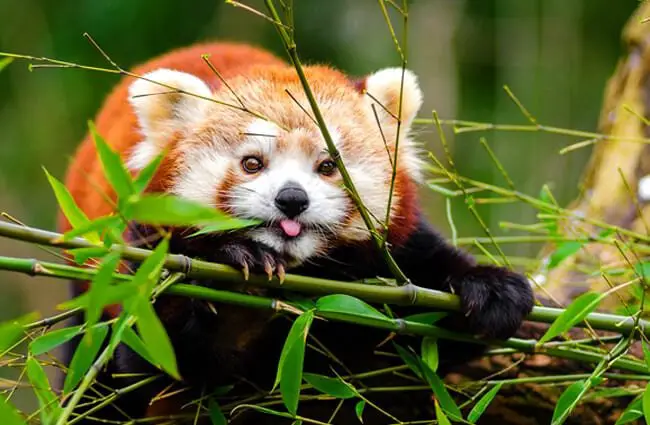
Diet and Foraging: Bamboo Specialists
The Bamboo Buffet
Red pandas are primarily herbivores, with bamboo constituting the vast majority of their diet – up to 90 percent. They consume various bamboo species, exhibiting preferences for young, tender shoots. However, they aren’t exclusively bamboo eaters. They supplement their diet with fruits, acorns, roots, eggs, insects, and occasionally small vertebrates.
Efficient Bamboo Processing
Their digestive system, while not as specialized as that of giant pandas, is adapted for processing bamboo. They possess strong jaws and teeth for crushing and grinding, and a relatively short digestive tract. To maximize nutrient absorption, they continuously graze throughout the day, consuming a large volume of bamboo.
Behavior and Life Cycle: Solitary Lives
Solitary Wanderers
Red pandas are generally solitary animals, except during mating season and when females are raising young. They are most active at dawn and dusk, spending much of their time foraging, resting, and grooming. They are skilled climbers, often resting and sleeping in trees. They mark their territory using scent glands located on their paws and anal region.
Mating and Reproduction
Mating season typically occurs in the spring. After a gestation period of around 130 days, females give birth to one to four cubs in a tree hollow or rock crevice. Cubs are born blind and helpless, relying entirely on their mother for care. They remain in the den for several months, gradually becoming more independent. Young red pandas typically reach sexual maturity around 18 months of age.

Ecological Role and Inter-species Interactions
Seed Dispersers and Forest Health
Red pandas play a vital role in maintaining the health of their forest ecosystems. By consuming fruits and seeds, they contribute to seed dispersal, aiding in forest regeneration. Their foraging activities also influence the growth and distribution of bamboo species. They also act as prey for predators such as snow leopards and martens, contributing to the food web.
Coexistence and Competition
Red pandas share their habitat with other animals, including various mammals, birds, and insects. They generally coexist peacefully, although there may be some competition for resources, particularly food. They sometimes share foraging grounds with other herbivores, such as deer and musk deer.
Red Pandas and Humans: A Complex Relationship
Cultural Significance
In the regions where they live, red pandas hold cultural significance for local communities. They are often featured in folklore, art, and traditional medicine. In some cultures, they are considered symbols of good luck and prosperity.
Threats and Conservation
Unfortunately, red panda populations are declining due to habitat loss, fragmentation, poaching, and climate change. Deforestation for agriculture, logging, and infrastructure development is a major threat. They are also hunted for their fur and used in traditional medicine. Climate change is altering their forest habitats and impacting bamboo availability.
Encountering a Red Panda in the Wild
If you are fortunate enough to encounter a red panda in the wild, observe it from a distance. Avoid approaching or disturbing it. Never offer food, as this can alter its natural behavior and make it dependent on humans. Report any sightings to local conservation authorities.
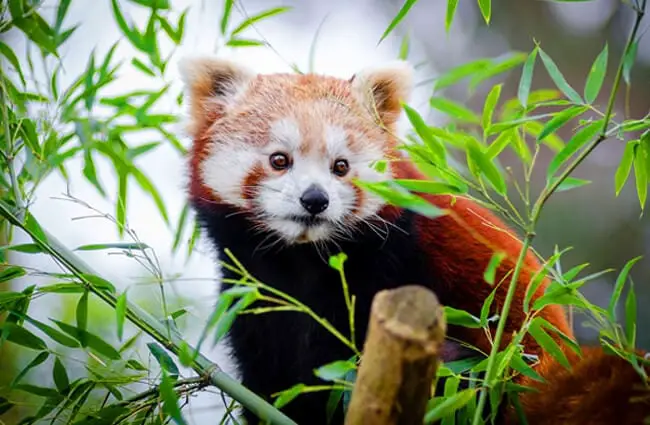
Caring for Red Pandas in Captivity
Zookeepers caring for red pandas in captivity must provide a stimulating and enriching environment. This includes spacious enclosures with plenty of climbing structures, bamboo forests, and opportunities for foraging. A carefully balanced diet consisting of bamboo, fruits, and other supplements is essential. Regular veterinary care and behavioral monitoring are also crucial.
Fascinating Red Panda Facts
- Red Pandas have semi-retractable claws, giving them an excellent grip on trees.
- They can rotate their ankles a full 180 degrees, allowing them to descend trees headfirst.
- Their thick fur provides insulation against the cold Himalayan climate.
- They use their bushy tails for balance and as a blanket in cold weather.
- Red panda cubs are born weighing only 100-130 grams.
- They communicate using a variety of vocalizations, including whistles, squeals, and huffs.
The red panda, a true jewel of the Eastern Himalayas, faces an uncertain future. Through continued conservation efforts, habitat protection, and responsible tourism, we can ensure that these enchanting creatures continue to thrive for generations to come. Their story is a reminder of the interconnectedness of life and the importance of preserving biodiversity.

![Red Angus Closeup of a beautiful Red Angus cowPhoto by: U.S. Department of Agriculture [pubic domain]https://creativecommons.org/licenses/by/2.0/](https://animals.net/wp-content/uploads/2020/03/Red-Angus-4-238x178.jpg)
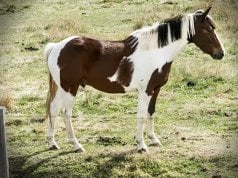
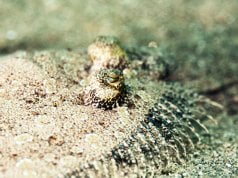
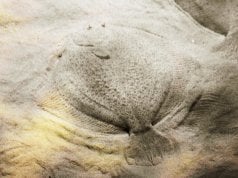
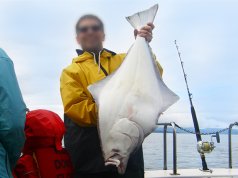
![Red Angus Closeup of a beautiful Red Angus cowPhoto by: U.S. Department of Agriculture [pubic domain]https://creativecommons.org/licenses/by/2.0/](https://animals.net/wp-content/uploads/2020/03/Red-Angus-4-100x75.jpg)

